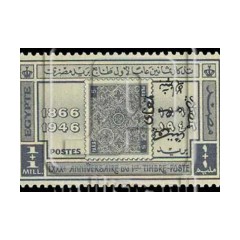The Battle of Ain Galout (25 Ramadan 658 AH / September 3, 1260 AD) is one of the most decisive battles in Islamic history. The Mamluk army led by Saifuddin Qatz suffered the first severe defeat of the Mongol army led by Kataba. The battle took place after bitter setbacks for the countries and cities of the Islamic world, where the Khoramid state fell in the hands of the Mongols and was followed by the fall of Baghdad after a siege that lasted for days. The city was overthrown and the caliphate was killed by the Abbasid Caliphate. Egypt was at that time moaning from internal conflicts and ended with the rise of Saif al-Din Qutz, the throne of Egypt in 657 AH / 1259, as the sultan of the Mamluks of Egypt. He issued a general amnesty for the Mamluks fleeing Egypt after the death of Farisuddin Aktay, including Bibris. He then asked Ezz bin Abdel Salam to issue a fatwa that would allow him to collect taxes on the population of Egypt after That he faced an economic crisis through which he could not prepare the army, and he had what he wanted and issued the Izz ibn Abd al-Salam fatwa that allows the collection of taxes on special and specific terms, once Qatz finished processing the army until it walked from the Salhiya area east of Egypt until it reached the plain Ein Ghalut is located between the city of Bisan north and the city of Nablus in the south Where thousands of Mongols fled the battle and headed towards Bisan, and then the decisive battle took place. The Muslims won a great victory and annihilated the entire Mongol army.
The Battle of Ain Ghalot had a great effect in changing the balance of power between the great powers fighting in the Sham region. The loss of the Mongols in the battle caused them to curtail their strength. The Mongol leader Hulaku, who was stable in Tabriz, could not rethink the Sham. In response to the defeat of his commander Katabga is to send a retaliatory campaign raided Aleppo





